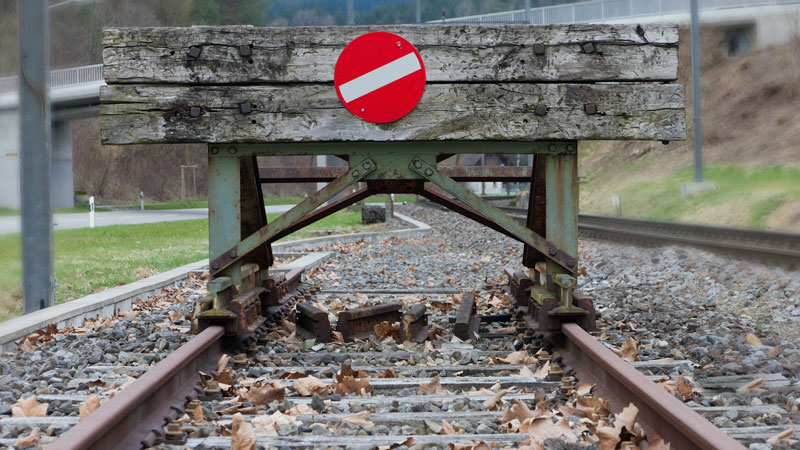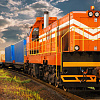Railway Dead End is the end of the rail tracks. It is connected to the road only on one side. On the other hand, it does not continue, the passage is blocked by a wall or special stops made of metal, concrete or soil. There are different types of railway dead ends that perform different functions.
Types of railway dead ends
The use of dead-end zones makes it possible to solve many problems. Depending on the purpose, they are divided into different categories:
1. For loading and unloading operations. An important part of such railway dead ends - warehouses. Lines may run adjacent to or through storage, unloading, loading areas. Such sites are equipped with the necessary equipment, machinery, access roads to perform all operations.
2. For the formation of rolling stock (exhaust tracks). Maneuvers are carried out under strict control according to a predetermined scheme.
3. For inspection and repair of locomotives. At all railway stations, dead ends of this type are used for transport maintenance. Cleaning and disinfection are also carried out here.
4. Safety. Designed to prevent trains from entering the routes of other trains.
5. Catching. Designed to stop trains or their parts that have lost control. A cul-de-sac at the end of the railroad tracks prevents them from entering the station.
The useful area of such territories can be different - it depends on their purpose. Dead ends can be not only certain zones, but also stations. They work at the end points of the movement of trains, points of change of their routes and in very large cities. At such stations, railway sidings of various types are also equipped.
Why dead-end lines are useful
The dead end is an important part of the railway economy. Work is being carried out at this site to keep vehicles in proper technical condition. Here trains are formed for sending in different directions. The arrangement of railway dead ends on the tracks allows ensuring the safety of passengers, cargo and the movement of trains. Their use makes it possible to exclude accidents with serious consequences for people and the environment.
Dead-end railway lines are also important for other sectors of the economy. They are used for business purposes. It consists in receiving, processing and loading products of various types. Moreover, the sites can be specialized, i.e. accept only certain shipments.
The size of such facilities and the length of railway lines vary widely. One or more railway lines may operate on the site. On the territory, it is allowed to arrange closed warehouses, parking lots for trucks and cars, household and office premises. All work is simplified due to the presence of cranes, forklifts and other equipment.
Dead ends are a special zone of railways. Intensive work is constantly going on at their areas, without which it is impossible to do. Their use benefits not only railway workers, but also carriers.









Comments